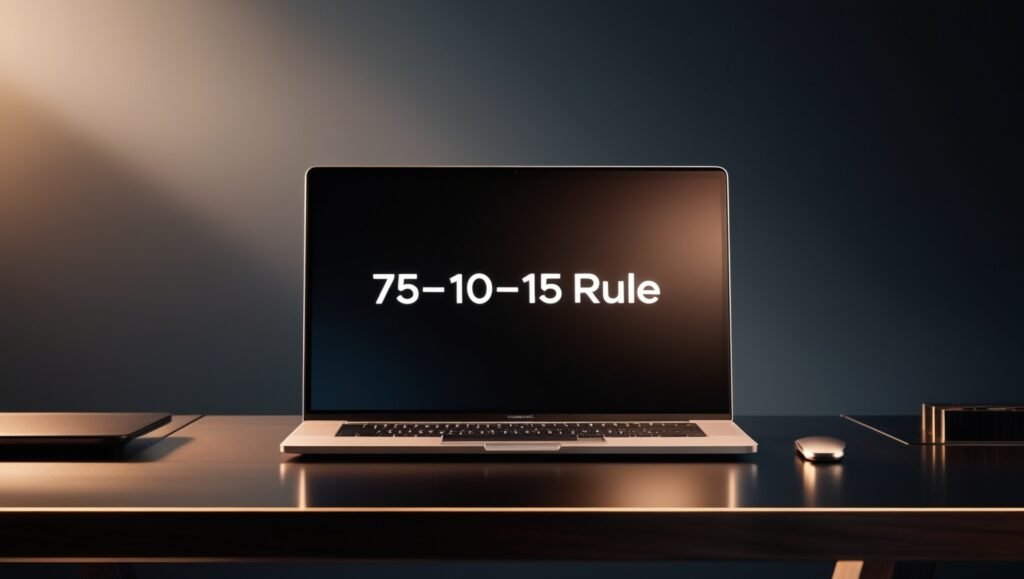What is Margin Trading?
Margin trading is when a trader or an investor purchases securities using money borrowed from a broker. For example, if a trader uses a 75% margin, it means that 25% of the money used to purchase different kinds of securities (common and preferred stocks, bonds, options, warrants, and futures) comes from borrowed funds. by using financial leverage, margin trading can amplify returns but also losses, however, choosing the right trading strategy and securities can reduce the risks.
Financial leverage involves using borrowed funds to increase investment returns, but also the potential for losses. For example, Mark has $10,000 and wants to buy 200 shares at $100 per share. Without leverage, he can only buy 200 shares. However, with 50% margin trading, he can borrow half the amount needed to buy the shares and potentially increase returns, but also risks greater losses.
According to the Financial Industry Regulatory Authority (FINRA) Rule 4210, the minimum amount that a trader should have to open a margin position is 25% of the total value of the securities he wants to purchase.
How to calculate the margin on trades?
The margin trading formula is:
To illustrate, you can download this excel file (margin calculator):
Initial margin:
The initial margin is the part (minimum amount) of the fund that an investor should have in account to buy securities on margin. All securities have minimum requirements fixed by authorities to restrain the risk that investors can take and limit the amount of borrowing that can be used for trade.
Minimum initial margin (Equity) required:
- Listed common and preferred stock: 50%.
- Nasdaq OMX stocks: 50%.
- Convertible bonds: 50%.
- Corporate bonds: 30%.
- U.S. government bills, notes, and bonds: 10% of the principal.
- U.S. government agencies: 24% of the principal.
- Options: Option premium plus 20% of the market value of the underlying stock.
- Futures: 2% to 10% of the value of the contract.
Maintenance margin:
The maintenance margin is the minimum amount that investors always have to retain in their accounts. If the amount drops under the maintenance margin, the investor will get a margin call to balance the account, if not the broker will sell some securities to reach the maintenance margin level.
Return on margin trading:
When evaluating the return on margin transactions, it is essential to consider that you are only providing a portion of the funds required for the transaction. Therefore, you are concerned with the rate of return earned on only the portion of the funds that you provided, using both current incomes such as dividends or interest generated by the transaction, and the total cost of the margin loan.
\large return=\frac{tr\;-\;tp\;+\;ms\;-\;mp}{ap}\\
tr : total current income received.
tp : total interest paid on margin loan.
ms : market value of securities at sell.
mp : market value of securities at purchase.
ap : amount of equity at purchase.
For an even better understanding let’s give an example:
let’s say you want to buy 200 shares at a cost of $100 per share, predicting that the stock price will increase to $150 within six months and the stock pays an annual dividend of $4 per share, during your 6 months holding period, you will receive half that amount or $2 per share. You decided to purchase the shares with a 50% margin, which means you can buy $20,000 worth of stock with $10,000 in equity and $10,000 borrowed from the broker. Let’s suppose the broker’s interest rate for the loan is 10%.
If the stock price does rise to $150 per share, your 200 shares will be worth $30,000. However, since you had borrowed $10,000 to purchase the shares, you will have to pay back the broker with interest. The interest cost is calculated as $10,000 * 0.10 * 6/12, which is $500. Therefore, your net profit from the transaction would be $30,000 – $10,000 – $500 = $19500.
Margin trading:
Advantages
- Amplify return.
- Diversification, the investor has limited cash.
Disadvantages
- Magnify losses.
- Margin loan (the loan cost will rise daily, decreasing the level of returns).
The margin trading technique (pyramidal technique):
The principle of the pyramid involves using the excess margin in the account to purchase additional securities. The only constraint—and the key to the pyramid—is that when the additional securities are purchased, the margin account must be at or above the prevailing required initial margin level. Keep in mind that it is the account, not individual transactions, that must meet the minimum standards. If the account has an excess margin, it can be used to build up security holdings. Pyramiding can continue as long as there are additional paper profits in the margin account and as long as the margin level exceeds the initial requirement at the time of purchase. The tactic is somewhat complex, but it is also profitable, especially because it minimizes the amount of new capital required in the investor’s account.
Risks related to Margin Trading:
Margin trading offers the potential for amplified returns and serves as a powerful strategy for investors and traders aiming to maximize their profits. Nevertheless, it’s crucial to recognize that it comes with a set of inherent risks. we will delve into the potential drawbacks of margin trading, such as magnified losses and margin calls. Understanding and managing these risks is essential for successful margin trading.
Amplified losses:
Margin trading entails various risks, one of the most significant being the amplification of losses. This means that any losses incurred in margin trading can be magnified in comparison to trading with your own capital. For instance, if your trade position experiences a 10% decline, your actual losses could be 30%, depending on the extent to which you’ve leveraged borrowed funds for margin trading. Just as gains can be magnified, losses are also amplified when engaging in margin trading.
Margin call:
Another risk associated with margin trading is the possibility of receiving a margin call when the value of the assets you’re trading experiences a significant drop. A margin call is a notice from your broker, requiring you to deposit enough cash into your account to bring its value above the required maintenance margin level. If you’re unable to meet this requirement, your broker may sell your position to settle the debt. What remains after the debt is paid represents the remaining balance in your account.
Author
Hi, I’m Amine! My mission is to make finance accessible and fun for everyone. I love breaking down things that seem difficult into simple, easy, and useful tips that help you make good decisions. My aim is to ensure your experience on our blog is informative and fun.
View all posts



